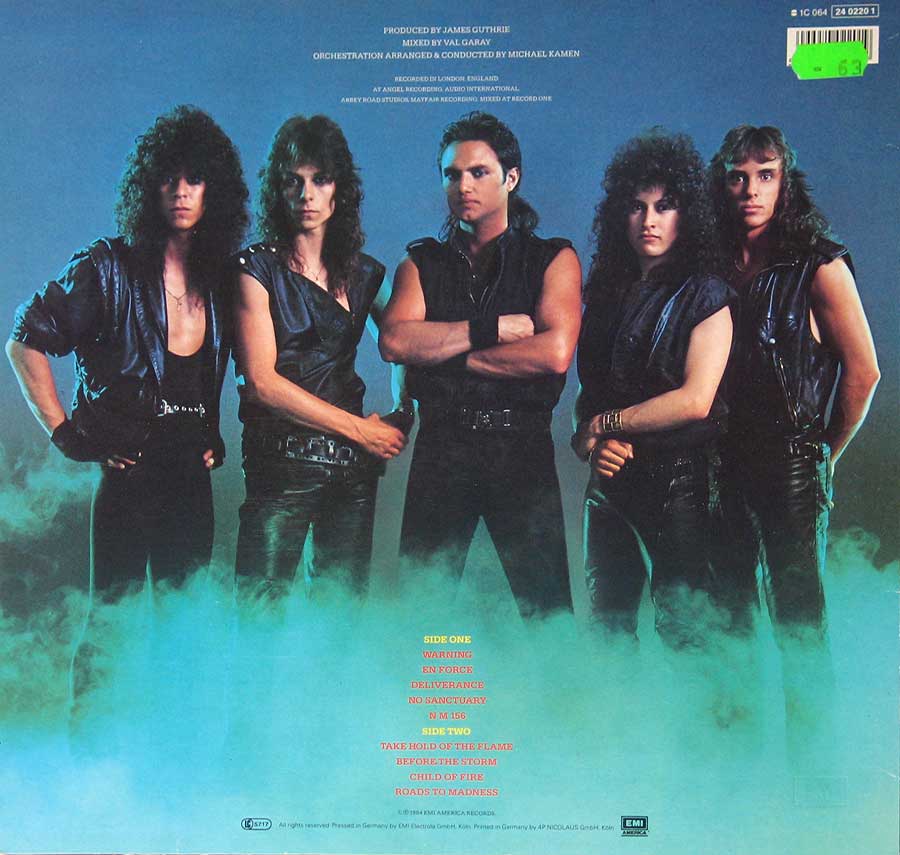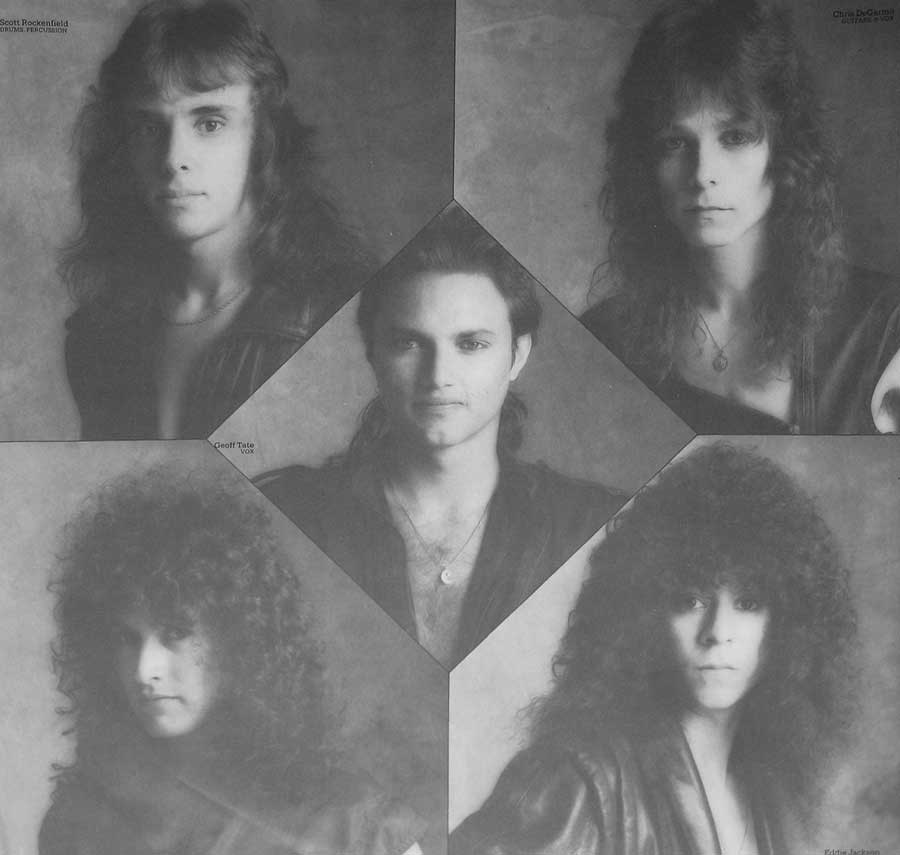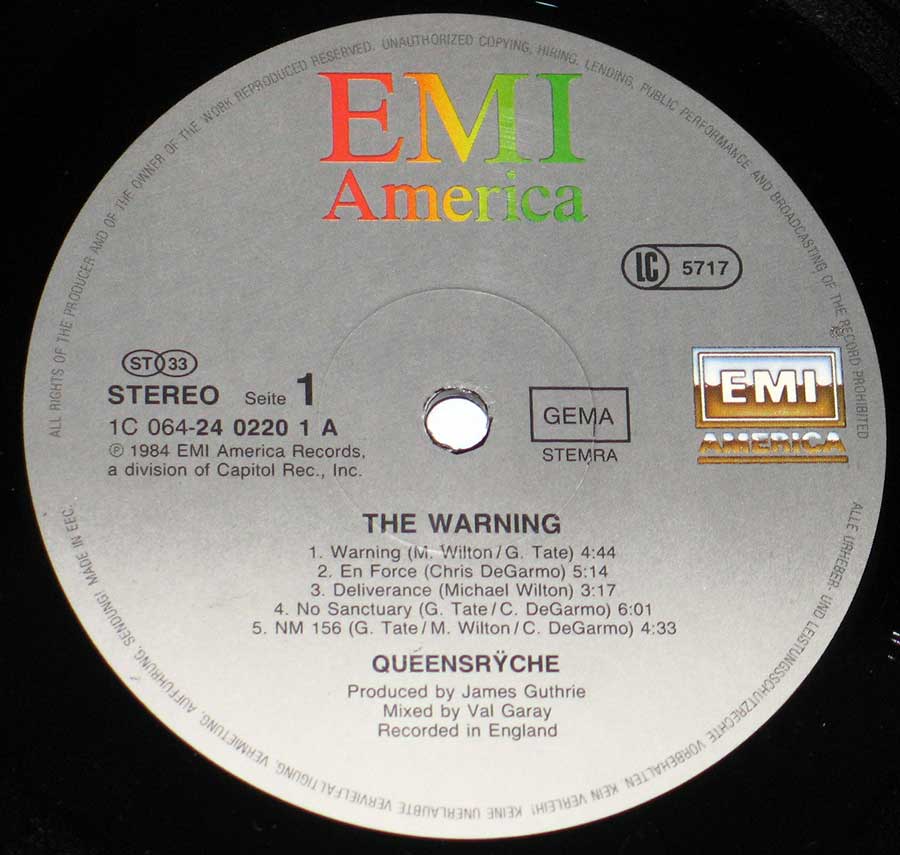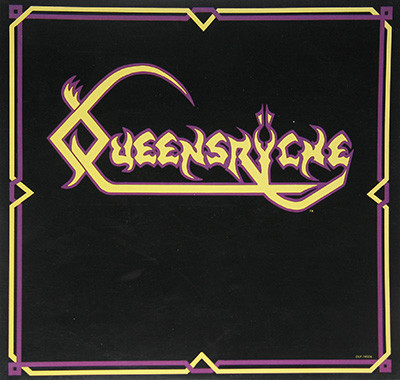"The Warning" Album Description:
Queensrÿche is an American heavy metal band formed in 1982 in Bellevue, Washington. Their debut studio album, titled “The Warning”, was released in 1984 and marked the band’s first major step into the international metal scene. The record blends heavy metal and progressive rock elements, showcasing the band's technical precision, theatrical vocals, and emerging sense of conceptual storytelling.
“The Warning” is a musically ambitious album that incorporates elements of progressive rock, heavy metal, and a touch of atmospheric experimentation. The band’s tight musicianship and Geoff Tate’s operatic voice set the tone for what would later become the band’s signature style. The title track, “Warning”, opens with a bold, guitar-driven riff and delivers a sense of urgency and defiance that defines much of the record’s mood.
The album’s second track, “En Force”, continues the high energy with intricate twin-guitar harmonies and a powerful rhythm section. The lyrics hint at the dangers of blind authority and social manipulation, echoing the band’s early interest in dystopian and philosophical themes.
While not a full-fledged concept album, “The Warning” contains recurring lyrical ideas about technology, control, personal freedom, and resistance. Songs such as “En Force”, “NM 156”, and “Roads to Madness” explore visions of dehumanization and the struggle for individuality in an increasingly mechanized world.
“The Warning” received moderate commercial success, reaching number 61 on the U.S. Billboard 200, and helped establish Queensrÿche as one of the most intelligent and musically precise metal bands of the 1980s. Though initially met with mixed reviews, it later earned recognition as a pivotal precursor to the progressive metal movement that the band would fully define with albums like “Rage for Order” (1986) and “Operation: Mindcrime” (1988).







